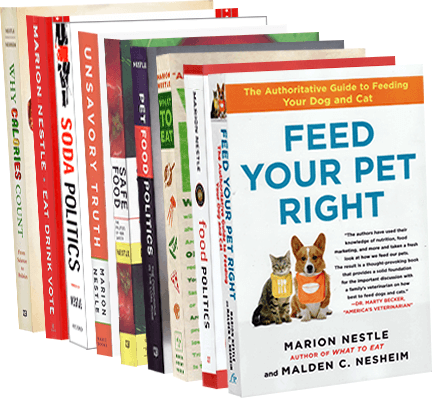Weekend reading: Gluten free!
Emily K. Abel. Gluten Free for Life. NYU Press, 2025.

I was surprised to be asked to do a blurb for this book, since I don’t have to worry much about gluten and rarely comment on clinical medicine, but after reading it I was glad to do one. It’s a really good book. My back cover blurb:
This important book is a rousing call for action—medical, dietary, social, and political–to protect people with celiac disease from the gluten proteins that make them sick. Emily Abel’s analysis of the barriers to avoidance, from unaware doctors to food companies’ lobbying against labeling to widespread ignorance of where gluten lurks in food, should convince us all to insist that gluten be labeled and products monitored to ensure they really are gluten free.
Celiac disease turns out to be a genetically determined autoimmune reaction to digested fragments of gluten proteins. The autoimmune reaction destroys the lining of the intestine, causing serious digestive illness and preventing nutrient absorption. People with celiac disease display nutrient deficiences and many other symptoms beyond digestive. These are more difficult to explain and put this disease in a category similar to that of other poorly understood multi-symptom diseases.
Wheat, rye, and barley contain gluten proteins. Corn and oats do not, but they are easily contaminated with wheat in silos or trucks.
Symptoms of celiac disease ought to disappear when people strictly avoid foods containing sources of gluten.
But this book emphasizes that strict avoidance is practically impossible for most people with this condition. Why? Gluten proteins seemingly are everywhere in the food supply, not least because food preparers don’t realize what they are.
Abel makes a strong case for celiac disease—and gluten—as deeply misunderstood, maligned, and neglected.
She quotes the voices of many people with this condition, in despair over how long it took them to be diagnosed, how hard it is for friends and relatives to understand what it takes for them to avoid gluten, and how often they are “glutened” in error.
As a result of reading this book, I will join calls for better labeling—-and for rigorous, scrupulous efforts to make gluten-free mean what it says.








